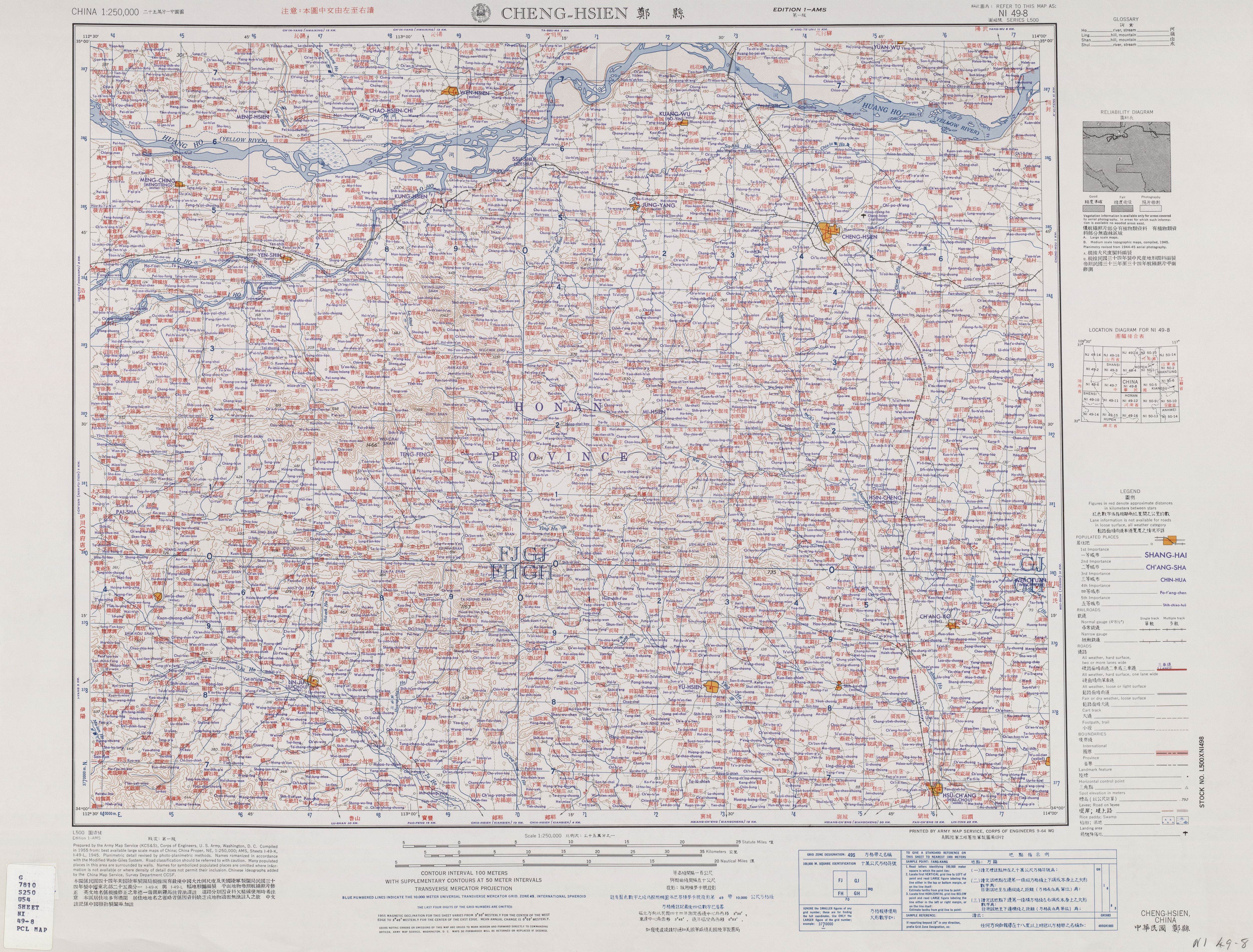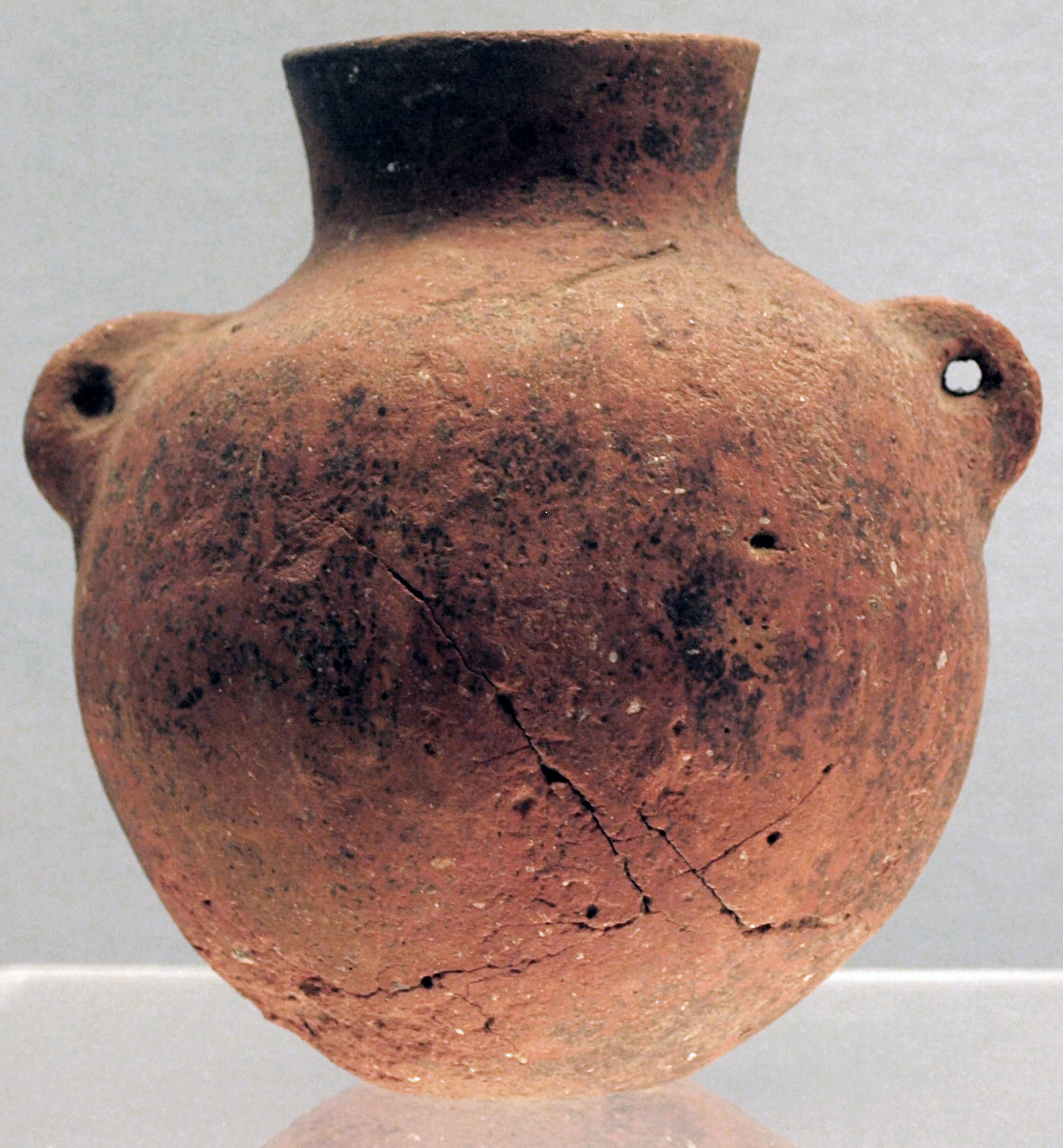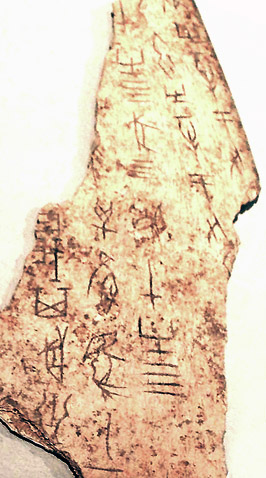|
Xinzheng
Xinzheng () is a county-level city of Henan Province, China. It is under the administration of the prefecture-level city of Zhengzhou, the provincial capital. The city has a population of 600,000 people and covers an area of , of which is urban. History Xinzheng is considered one of the birthplaces of the Chinese nation. More than 8000 years ago, Neolithic people of Peiligang culture lived in the vicinity. The legendary Yellow Emperor was said to have been born in Xinzheng 5000 years ago. During the Zhou dynasty it was the capital of the state of Zheng and later, the state of Han, after the conquest of the former by the latter. It was the seat of government for the Qin dynasty, from about 221 BCE, which is considered the beginning of a unified China. The word ''qin'' (), which is pronounced similar to "chin", is thought to be the basis for the word "China." Historically, this prefecture was an integrated part of Zhengzhou. However, in 1994, the Henan Provincial Council authori ... [...More Info...] [...Related Items...] OR: [Wikipedia] [Google] [Baidu] [Amazon] |
Zhengzhou
Zhengzhou is the capital of Henan, China. Located in northern Henan, it is one of the nine National central city, national central cities in China, and serves as the political, economic, technological, and educational center of the province. The Zhengzhou metropolitan area (including Zhengzhou and Kaifeng) is the core area of the Central Plains Economic Zone. The city lies on the southern bank of the Yellow River. Zhengzhou is a major hub of China's domestic and international transportation network; for example, it is connected to Europe and has an international airport. Zhengzhou is a National Civilized City and a List of National Famous Historical and Cultural Cities in China, State-list Famous Historical and Culture City. As of 2020, there are two List of World Heritage Sites in China, World Cultural Heritage Sites in Zhengzhou. The Zhengzhou Commodity Exchange (ZCE) is China's first futures exchange. Zhengzhou Airport Economy Zone is China's first Airport Economy Zone. As o ... [...More Info...] [...Related Items...] OR: [Wikipedia] [Google] [Baidu] [Amazon] |
Peiligang Culture
The Peiligang culture was a Neolithic culture in the Yi-Luo river basin (in modern Henan Province, China) that existed from about 7000 to 5000 BC. Over 100 sites have been identified with the Peiligang culture, nearly all of them in a fairly compact area of about 100 square kilometers in the area just south of the river and along its banks. Peiligang culture The culture is named after the site discovered in 1977 at Peiligang, a village in Xinzheng County, Zhengzhou, north-central Henan province. Archaeologists believe that the Peiligang culture was egalitarian, with little political organization. The culture practiced agriculture in the form of cultivating millet and animal husbandry in the form of raising pigs and possibly poultry. The people hunted deer and wild boar, and fished for carp in the nearby river, using nets made from hemp fibers. The culture is also one of the oldest in ancient China to make pottery. This culture typically had separate residential and burial a ... [...More Info...] [...Related Items...] OR: [Wikipedia] [Google] [Baidu] [Amazon] |
Yellow Emperor
The Yellow Emperor, also known as the Yellow Thearch, or Huangdi ( zh, t=黃帝, s=黄帝, first=t) in Chinese, is a mythical Chinese sovereign and culture hero included among the legendary Three Sovereigns and Five Emperors. He is revered as a deity individually or as part of the Wufang Shangdi, Five Regions Highest Deities () in Chinese folk religion. Regarded as the initiator of Chinese culture, he is traditionally credited with numerous innovations – including the traditional Chinese calendar, Taoism, wooden houses, boats, carts, the compass needle, "the earliest forms of writing", and cuju, ''cuju'', a ball game. Calculated by Jesuits in China, Jesuit missionaries, as based on various Chinese chronicles, Huangdi's traditional reign dates begin in either 2698 or 2697 BC, spanning one hundred years exactly, later accepted by the twentieth-century promoters of a universal calendar starting with the Yellow Emperor. Huangdi's cult is first attested in the Warring States peri ... [...More Info...] [...Related Items...] OR: [Wikipedia] [Google] [Baidu] [Amazon] |
Zheng (state)
Zheng (; ; Old Chinese: *') was a vassal State (Ancient China), state in China during the Zhou dynasty (1046–221 BCE) located in the centre of ancient China in modern-day Henan Province on the North China Plain about east of the royal capital at Luoyang. It was the most powerful of the vassal states at the beginning of the Eastern Zhou (771–701 BCE), and was the first state to clearly establish a code of law in its late period of 543 BCE. Its ruling house had the Ji (Zhou dynasty ancestral surname), ancestral name Ji (姬), making them a branch of the Zhou royal house, who held the rank of ''Zhou dynasty nobility, Bo'' (), a kinship term meaning "elder". Foundation Zheng was founded in 806 BC when King Xuan of Zhou, the penultimate king of the Western Zhou, made his younger brother Prince You () Duke of Zheng and granted him lands within the royal domain in the eponymous Zheng in modern-day Hua County, Shaanxi on the Wei River east of Xi'an. Prince You, known posthumo ... [...More Info...] [...Related Items...] OR: [Wikipedia] [Google] [Baidu] [Amazon] |
Han (Warring States)
Han was an ancient Chinese state during the Warring States period. Scholars frequently render the name as Hann to clearly distinguish it from China's later Han dynasty. It was located in central China (modern-day Shanxi and Henan) in a region south and east of Luoyang, the capital of the Eastern Zhou. It was ruled by aristocrats of the Ji ( 姬) family ancestral temple who rose to power as a ministerial family in the state of Jin, and whose power eventually eclipsed that of the Jin ruling house. The partition of Jin which resulted in the states of Han, Wei, and Zhao, marked the beginning of the Warring States period. The state of Han was small and located in a mountainous and unprofitable region. Its territory directly blocked the passage of the state of Qin into the North China Plain.. Although Han had attempted to reform its governance (notably under Chancellor Shen Buhai who improved state administration and strengthened its military ability) these reforms were not enoug ... [...More Info...] [...Related Items...] OR: [Wikipedia] [Google] [Baidu] [Amazon] |
Henan
Henan; alternatively Honan is a province in Central China. Henan is home to many heritage sites, including Yinxu, the ruins of the final capital of the Shang dynasty () and the Shaolin Temple. Four of the historical capitals of China, Luoyang, Anyang, Kaifeng and Zhengzhou, are in Henan. While the province's name means 'south of the river', approximately a quarter of the province lies north of the Yellow River. With an area of , Henan covers a large part of the fertile and densely populated North China Plain. Its neighboring provinces are Shaanxi, Shanxi, Hebei, Shandong, Anhui, and Hubei. Henan is China's third-most populous province and the most populous among inland provinces, with a population of over 99 million as of 2020. It is also the world's seventh-most populous administrative division; if it were a country by itself, Henan would be the 17th-most populous in the world, behind Egypt and Vietnam. People from Henan often suffer from regional discrimination ... [...More Info...] [...Related Items...] OR: [Wikipedia] [Google] [Baidu] [Amazon] |
County-level City
A county-level city () is a County-level divisions of China, county-level administrative division of the China, People's Republic of China. County-level cities have judiciary, judicial but no legislature, legislative rights over their own local ordinance, local law and are usually governed by Administrative divisions of China#Prefectural level (2nd), prefecture-level divisions, but a few are governed directly by Administrative divisions of China#Provincial level (1st), province-level divisions. A county-level city is a "city" () and "county" () that have been merged into one unified jurisdiction. As such, it is simultaneously a city, which is a municipal entity, and a county, which is an administrative division of a prefecture. Most county-level cities were created in the 1980s and 1990s by replacing denser populated Counties of China, counties. County-level cities are not "city, cities" in the strictest sense of the word, since they usually contain rural areas many times the size ... [...More Info...] [...Related Items...] OR: [Wikipedia] [Google] [Baidu] [Amazon] |
Qin Dynasty
The Qin dynasty ( ) was the first Dynasties of China, imperial dynasty of China. It is named for its progenitor state of Qin, a fief of the confederal Zhou dynasty (256 BC). Beginning in 230 BC, the Qin under King Ying Zheng engaged in a Qin's wars of unification, series of wars conquering each of the rival states that had previously pledged fealty to the Zhou. This culminated in 221 BC with the successful unification of China under Qin, which then assumed an imperial prerogativewith Ying Zheng declaring himself to be Qin Shi Huang, the first emperor of China, and bringing an end to the Warring States period (221 BC). This state of affairs lasted until 206 BC, when the dynasty collapsed in the years following Qin Shi Huang's death. The Qin dynasty's 14-year existence was the shortest of any major dynasty in Chinese history, with only two emperors. However, the succeeding Han dynasty (202 BC220 AD) largely continued the military and administ ... [...More Info...] [...Related Items...] OR: [Wikipedia] [Google] [Baidu] [Amazon] |
Qing Dynasty
The Qing dynasty ( ), officially the Great Qing, was a Manchu-led Dynasties of China, imperial dynasty of China and an early modern empire in East Asia. The last imperial dynasty in Chinese history, the Qing dynasty was preceded by the Ming dynasty and succeeded by the Republic of China (1912–1949), Republic of China. At its height of power, the empire stretched from the Sea of Japan in the east to the Pamir Mountains in the west, and from the Mongolian Plateau in the north to the South China Sea in the south. Originally emerging from the Later Jin (1616–1636), Later Jin dynasty founded in 1616 and proclaimed in Shenyang in 1636, the dynasty seized control of the Ming capital Beijing and North China in 1644, traditionally considered the start of the dynasty's rule. The dynasty lasted until the Xinhai Revolution of October 1911 led to the abdication of the last emperor in February 1912. The multi-ethnic Qing dynasty Legacy of the Qing dynasty, assembled the territoria ... [...More Info...] [...Related Items...] OR: [Wikipedia] [Google] [Baidu] [Amazon] |
County-level City
A county-level city () is a County-level divisions of China, county-level administrative division of the China, People's Republic of China. County-level cities have judiciary, judicial but no legislature, legislative rights over their own local ordinance, local law and are usually governed by Administrative divisions of China#Prefectural level (2nd), prefecture-level divisions, but a few are governed directly by Administrative divisions of China#Provincial level (1st), province-level divisions. A county-level city is a "city" () and "county" () that have been merged into one unified jurisdiction. As such, it is simultaneously a city, which is a municipal entity, and a county, which is an administrative division of a prefecture. Most county-level cities were created in the 1980s and 1990s by replacing denser populated Counties of China, counties. County-level cities are not "city, cities" in the strictest sense of the word, since they usually contain rural areas many times the size ... [...More Info...] [...Related Items...] OR: [Wikipedia] [Google] [Baidu] [Amazon] |
China Standard Time
The time in China follows a single standard UTC offset, time offset of UTC+08:00, where Beijing is located, even though the country spans five geographical time zones. It is the largest sovereign nation in the world that officially observes only one time zone. The nationwide standardized time is named Beijing Time (BJT; ) domestically and China Standard Time (CST) internationally. Daylight saving time has not been observed since 1991. China Standard Time (UTC+8) is consistent across Mainland China, Hong Kong Time, Hong Kong, and Macau Standard Time, Macau. It is also equivalent with Time in Taiwan, Taiwan, Philippine Standard Time, Philippines, Singapore Standard Time, Singapore, Time in Brunei, Brunei, most of Time in Mongolia, Mongolia, Time in Malaysia, Malaysia, Irkutsk Time of Russia, Time in Australia, Western Australia, and Time in Indonesia, Central Indonesia. History In the 1870s, the Shanghai Xujiahui Observatory was constructed by a French Catholic missionary. In 1 ... [...More Info...] [...Related Items...] OR: [Wikipedia] [Google] [Baidu] [Amazon] |






